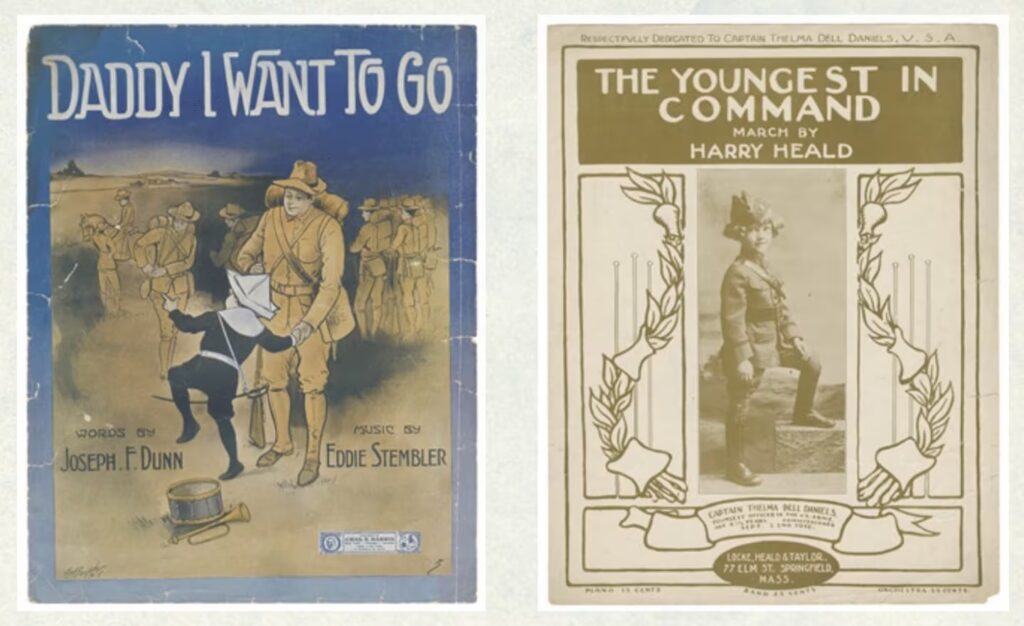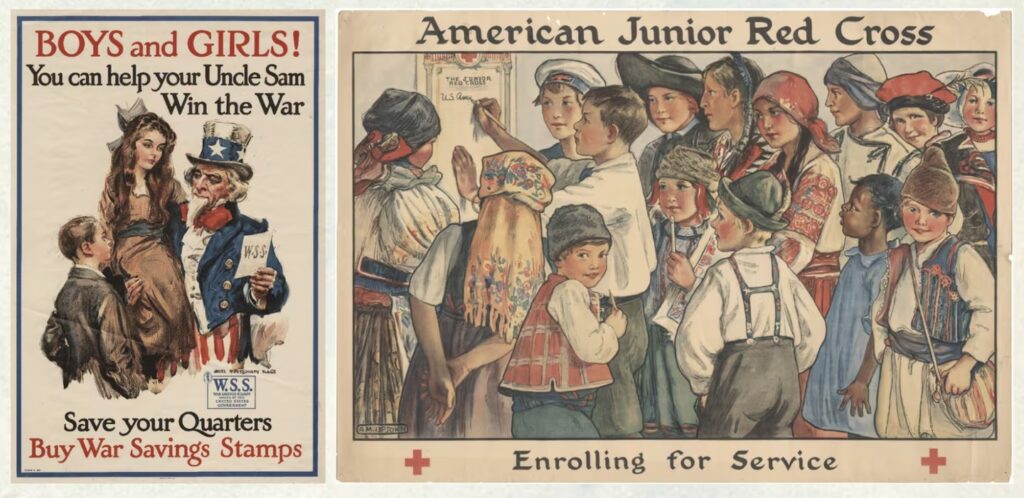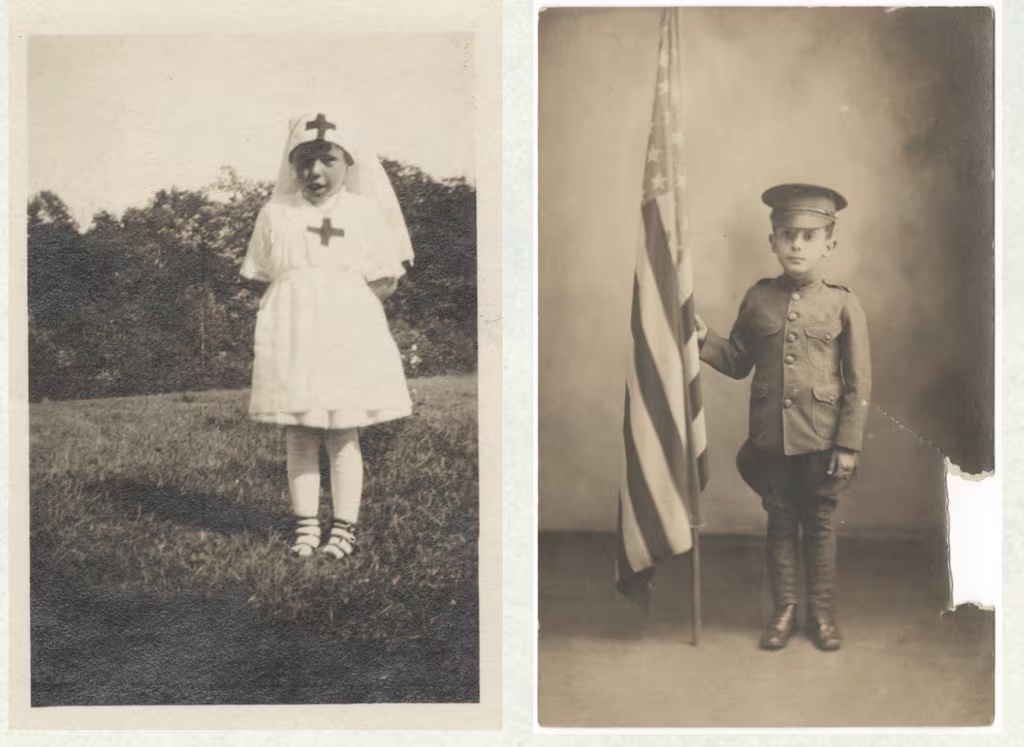The “Greatest Generation” is renowned for military heroism during World War II. But before this famed demographic signed up to fight for Uncle Sam, many were shaped by a childhood spent amid World War I.
It’s not surprising, then, that the First World War instilled an entire generation with a brand of patriotism that could prompt risking everything to preserve the American dream. That exact experience is currently showcased in the National World War I Museum’s exhibit “The Little War,” an exploration of childhood between 1914 and 1918.
The exhibit’s items, according to Specialist Curator Natalie Walker, incited questions for museum staff about war’s impact on children, both during World War I and throughout subsequent conflicts.
“[It was] the literature that was being produced for children at the time, the toys, the games they were playing — Allies versus the Central Powers,” Walker told Military Times. “It made it that much easier to embrace the Second World War just 20 to 25 years later.”
Those who produced children’s literature, toys and costumes of the time presented the war in a way that would remove fear factors. In doing so, the lens through which World War I was viewed by children was one of adventure, where morally superior participants always emerged victorious.

It was natural, then, for young Americans raised in such an environment to not only be willing to serve if called upon, but do so excitedly — even subconsciously — as they deployed like the heroes they once read about.
“[The literature] beat it in in terms of good versus evil … to instill these ideas of patriotism, being a good citizen, and fighting for your country,” Walker noted. “But these kinds of things also trivialized violence and war. [Children are] playing from the safety of their backyards and all of this literature talks about a Boy Scout who goes overseas, and he escapes every battle and conflict unscathed. … They didn’t want to scare children. … At the same time, they’re not really telling the truth.”
Some of the most prominent items in the exhibit’s collection include illustrated literature, children’s soldier and nurse costumes, ration books and nighttime prayer missals. Much of the media at the time, meanwhile, dehumanized the enemy in the eyes of children.

“One of my favorite pieces is called ‘Nursery Rhymes for Fighting Times,’” Walker said. “It’s a book that was published in 1914 in Great Britain, and it takes popular nursery rhymes of the time and reworks them as a form of propaganda that really demonizes and dehumanizes Germany.
“There were no holds barred when they were creating this stuff. … If you’re a little kid, and you’re reading about the Kaiser, who’s going to come and bomb your town and hurt people you love, that’s a scary thing,” she added. “If you’re in middle school, maybe you’re reading this and getting angry. If you’re in high school, you’re probably ready to go enlist.”
The double-edge sword, however, is that many children were vital to the efforts of their countries during both world wars. Even simply by contributing to work around the house, Walker said, many were being molded for duty.
Given that these phenomena continue into today’s conflicts, Walker said she hopes the exhibit will spur conversations between children and adults.
“I want people to walk in this exhibit and get the sense that children had an active, vital role, and here’s what they did,” she said.
Originally published by Military Times, our sister publication.





